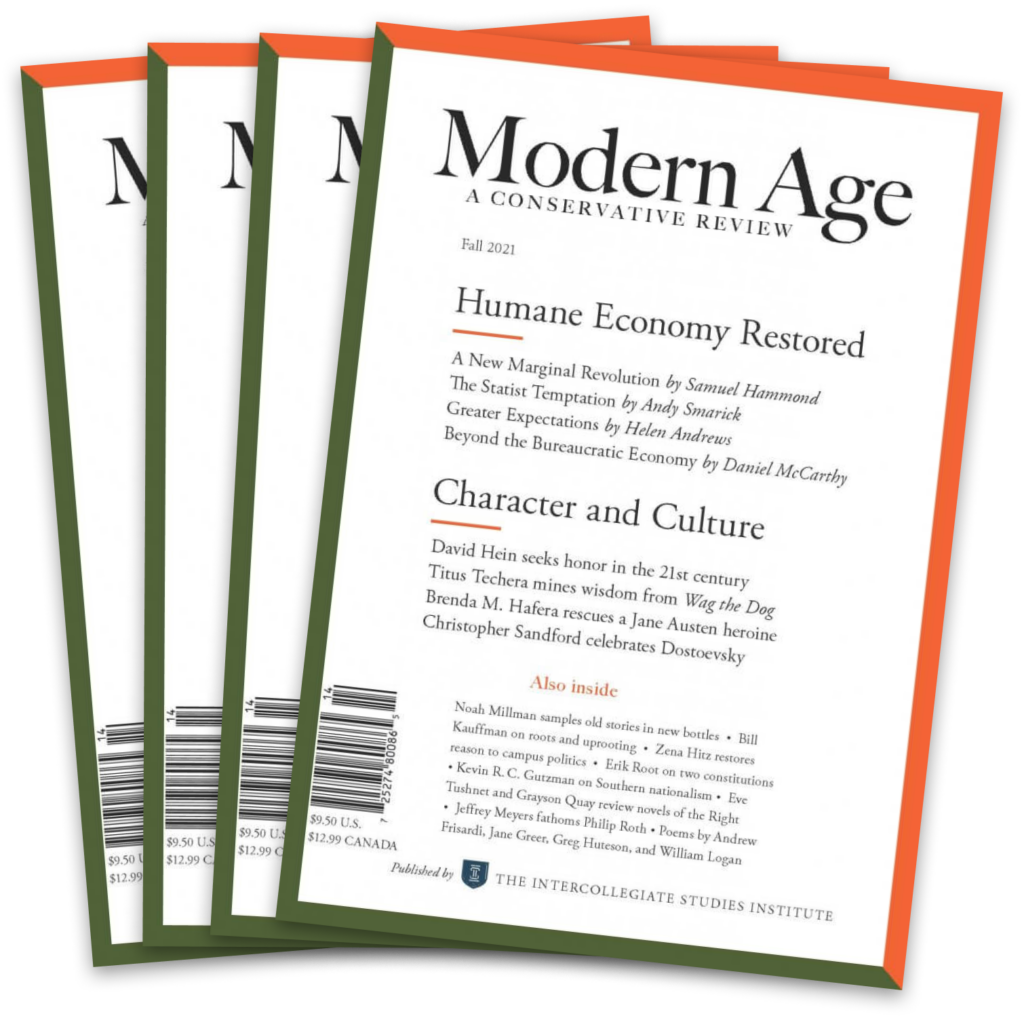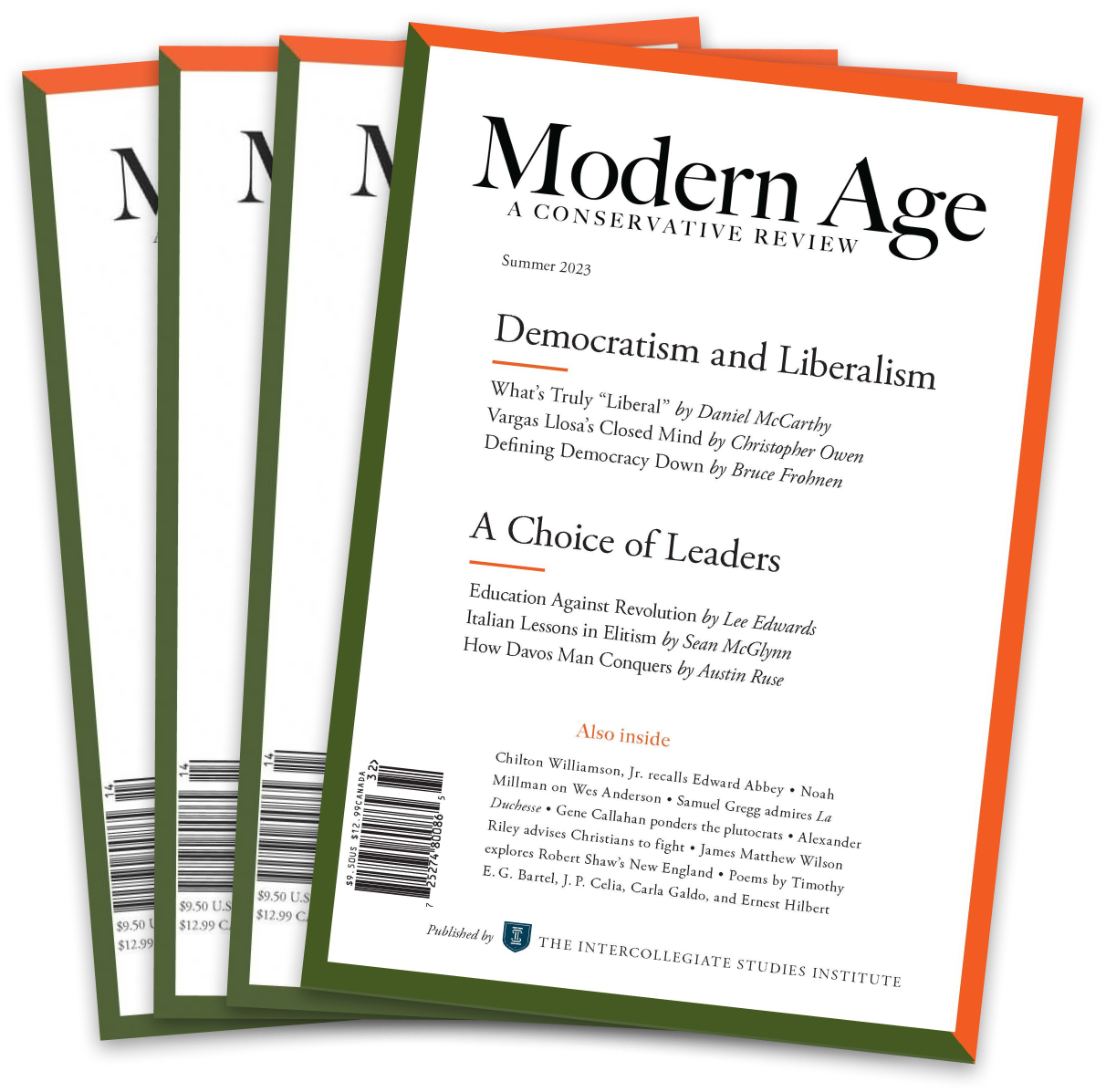The entirety of Canada breathed a sigh of relief on Monday afternoon.
Shortly after three o’clock, Prime Minister Justin Trudeau announced that President Donald Trump had agreed to delay the 25 percent tariffs he had threatened for months to impose on Canadian imports to the United States. With a federal election in Canada drawing closer every day, operatives from Trudeau’s beleaguered Liberal Party might have been the only ones disappointed by the news.
At Christmas, the Liberal government appeared dead on its feet thanks to the miserable cost of living under its watch, along with a sluggish economy and a historically unpopular leader. Trump’s tariff threat gave the Liberals new life, however, providing a national cause to rally voters around in hopes of winning a fourth consecutive term in government.
For Pierre Poilievre’s Conservative Party, however, which could all but feel the reins of power after almost a decade in opposition, Trump’s tariffs represent more than a headache.
After four decades of alignment on economics, foreign policy, and social attitudes, Trump’s ascendancy has split North American conservatism in two. Associated since the 1980s with the principles of free trade and a hawkish, neoconservative foreign policy, Canada’s Conservatives now find themselves alone and no longer guaranteed a friendly reception from a Republican president. Times have changed since 2006 when President George W. Bush, Conservative Prime Minister Stephen Harper, and center-right Mexican President Vicente Fox gathered for a photo op of the “Three Amigos” at Chichen Itza. Even more distant is the memory of the Republican Party of Ronald Reagan, whose faith in free trade was unshakable.
With its strongest regional base in Alberta, modern Canadian conservatism is strongly in tune with that province’s politics, which draws deeply from the postwar American conservatism espoused by the Republican Party until 2016. Drawn by promises of land or oil wealth, thousands of Americans from the plains and mountain states emigrated to Alberta in the twentieth century. What’s more, many conservative American academics migrated to the University of Calgary in the latter half of the twentieth century, helping make it an intellectual breeding ground for the Conservative Party. Meddling in Alberta’s oil and gas sector by Liberal federal governments has only reinforced the province’s preference for small government and decentralized federalism.
Conservative leaders who hail from Alberta include Stephen Harper, who governed Canada from 2006 to 2015, and Pierre Poilievre, who is favored to become prime minister after the next election. Both are alumni of the University of Calgary. The Conservative Party’s leadership is a strong proponent of defending and expanding fossil fuel exports, nearly all of which come from its crown jewel, Alberta, and almost every drop of which flows south to the United States.
A 25 percent tariff on Canada’s U.S.-bound exports and the fracturing of free North American commerce would be a catastrophe for Canada, and Alberta in particular. Canada’s competitive advantage as a trading nation is its proximity to the United States; 97 percent of Canadian oil and gas exports go to the U.S., and one-third of Canada’s GDP is tied to exports. Canadians therefore have every right to vote based on which of their parties they believe can better deal with Trump and help ensure the survival of the United States–Mexico–Canada Agreement (USMCA).
Economists have warned that such tariffs on energy would lead to higher domestic gas prices in the United States, too, but Trump has made it clear he would not back down without concessions on border security and a crackdown on the trafficking of fentanyl in Canada. It must be said that the illegal fentanyl trade is a severe problem in Canada, where it has claimed the lives of nearly 50,000 Canadians since 2016. Fentanyl also killed over 73,000 Americans in 2022 alone. Justin Trudeau’s Liberal government is notoriously soft on crime, and under its watch, fentanyl labs have sprung up across Canada to the point where the country has become an exporter of the deadly narcotic. One of the conditions for Trump’s delay of the tariffs was a pledge to get tough on fentanyl producers, which Trudeau agreed to meet.
Cracking down on the production and trade of fentanyl is already part of the Conservative Party’s hardline law-and-order agenda. Tying a crackdown on drugs to the maintenance of continental trade ties is an arrangement to which the Conservatives should have no difficulty adapting.
But there is far more at stake for the party than oil and gas exports. The Conservatives cannot afford to be seen as a merely sectional party. While Western Canada supplies the Conservatives with a strong base, they cannot form a government without breakthroughs in Ontario, the province with the largest population and the most electoral seats. Despite their reputation as an Alberta-centric organization, the last two Conservative leaders have represented Ontario ridings, and the party has steadily rebuilt its support there since 2019.
Automobile manufacturing employs tens of thousands in Ontario, and blue-collar workers have for years been shifting toward conservatism throughout the West, as progressive parties evolve into instruments of the urban laptop class. Surveys in Canada indicate that the Conservatives are favored by a plurality of unionized and non-unionized workers, and Poilievre has not shied away from courting them, promising no “anti-union” bills if his party wins government. Earning workers’ confidence is necessary for the Conservatives to win the majority government they seek, and Trump’s tariffs threaten to gut the assembly lines.
Despite the Conservatives’ awkward position, there is a potential upside. Trump’s presidency and his cementing of populist economic nationalism into Republican orthodoxy present an opportunity for Canadian Conservatives to set themselves apart in the eyes of skeptical voters. Accusations of being Republican stalking horses have long dogged the Conservatives, and a firm response to Trump’s aggressive approach to North American relations is a chance to put that canard to rest for good. Poilievre has not been afraid to come out strongly against Trump’s tariffs, stating they have “no justification whatsoever,” and he has released a six-point proposal to respond them, including dollar-for-dollar counter-tariffs.
Accompanying these are promises of tax cuts, deregulation, and the expansion of oil and gas infrastructure from coast to coast to diversify Canadian exports beyond the continent while complementing commerce with the United States. In short, Poilievre is making the case that his party will not compromise its principles unless forced to do so by Trump, and those same principles are how Canada can make itself more secure and less dependent on its superpower neighbor. Furthermore, he can argue that the Conservative Party’s principles are its own and now stand apart from those of Republicans.
Those attentive to the currents of conservatism in North America have observed a divergence between traditional orthodoxy and modern populism. Should Poilievre’s Conservatives win a majority government, the two will coexist on either side of the 49th parallel. How a Conservative-governed Canada and a Trump-led U.S. will interact is a fascinating future to ponder. Assuming Trump’s tariff threat comes with demands designed to be satisfied rather than to serve as a perpetual bargaining chip, a Conservative government would have no hesitation about making the border more secure and cracking down on the drug trade.
Threading the needle between Trump’s nationalism and Canada’s economic well-being will be a great test for the Conservative Party. Before that, however, its immediate test is making its case to the Canadian people in the next election.














